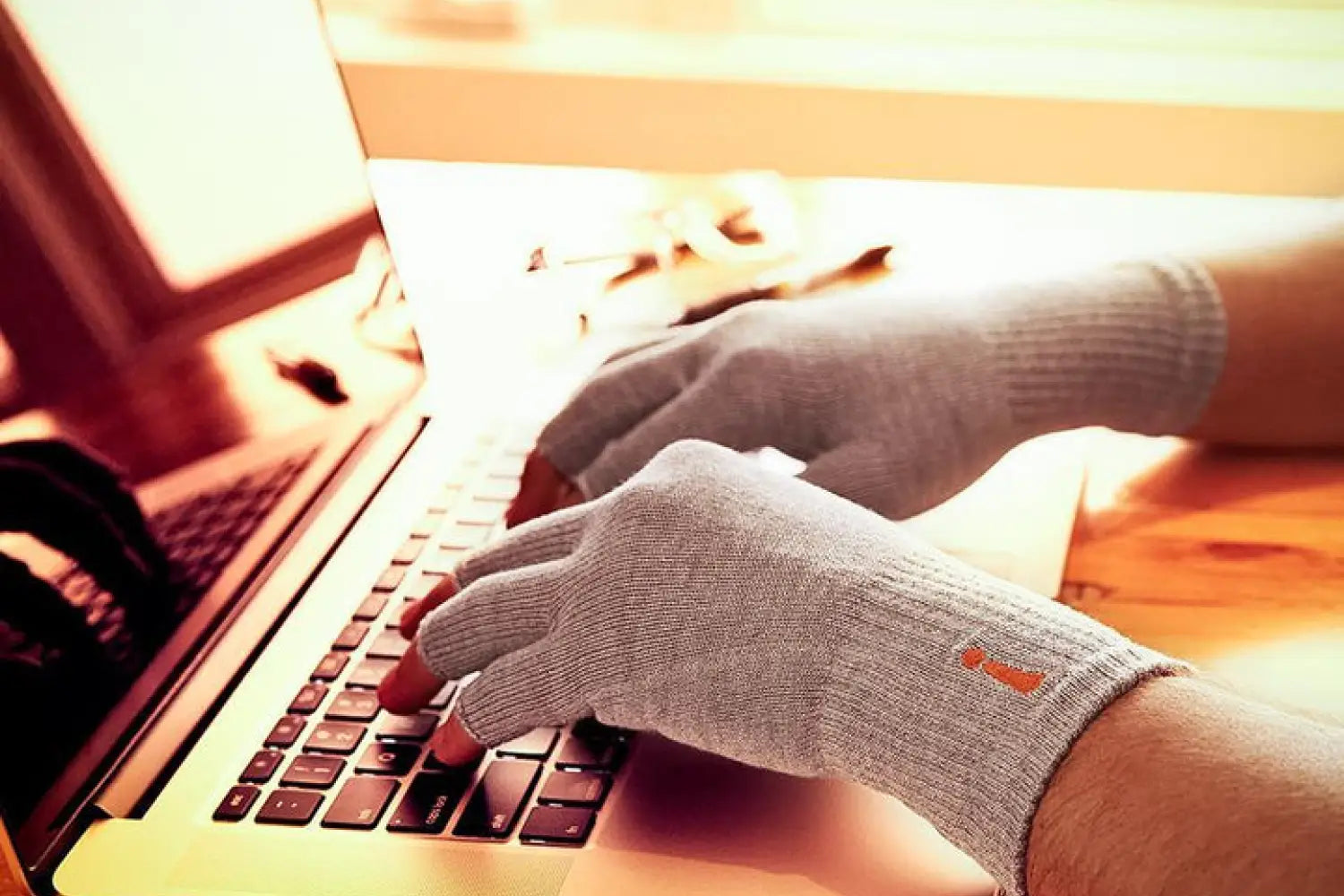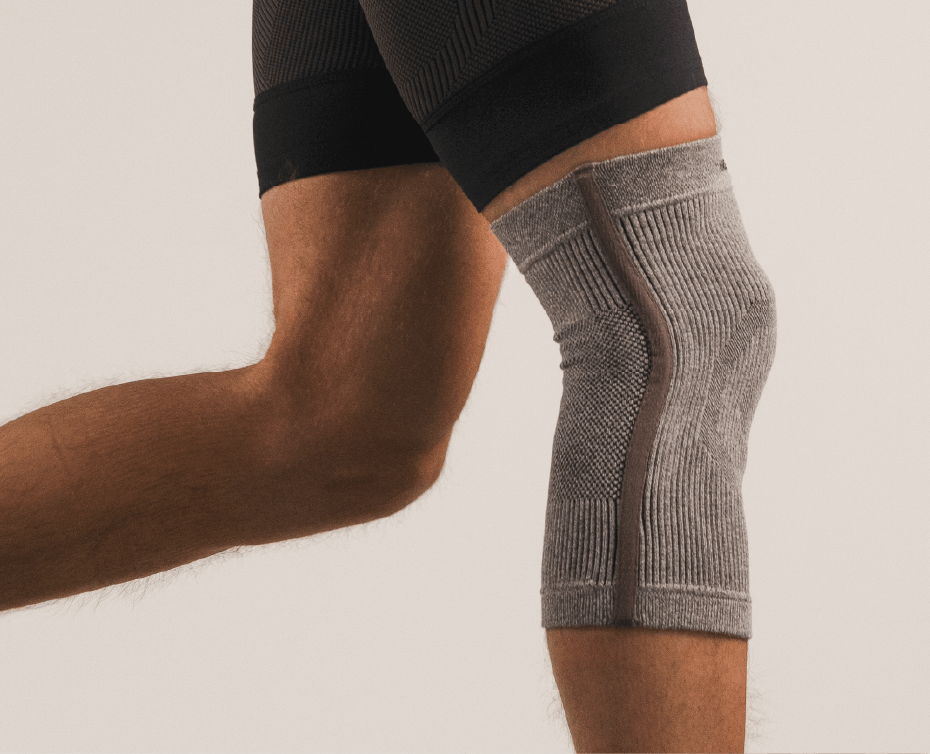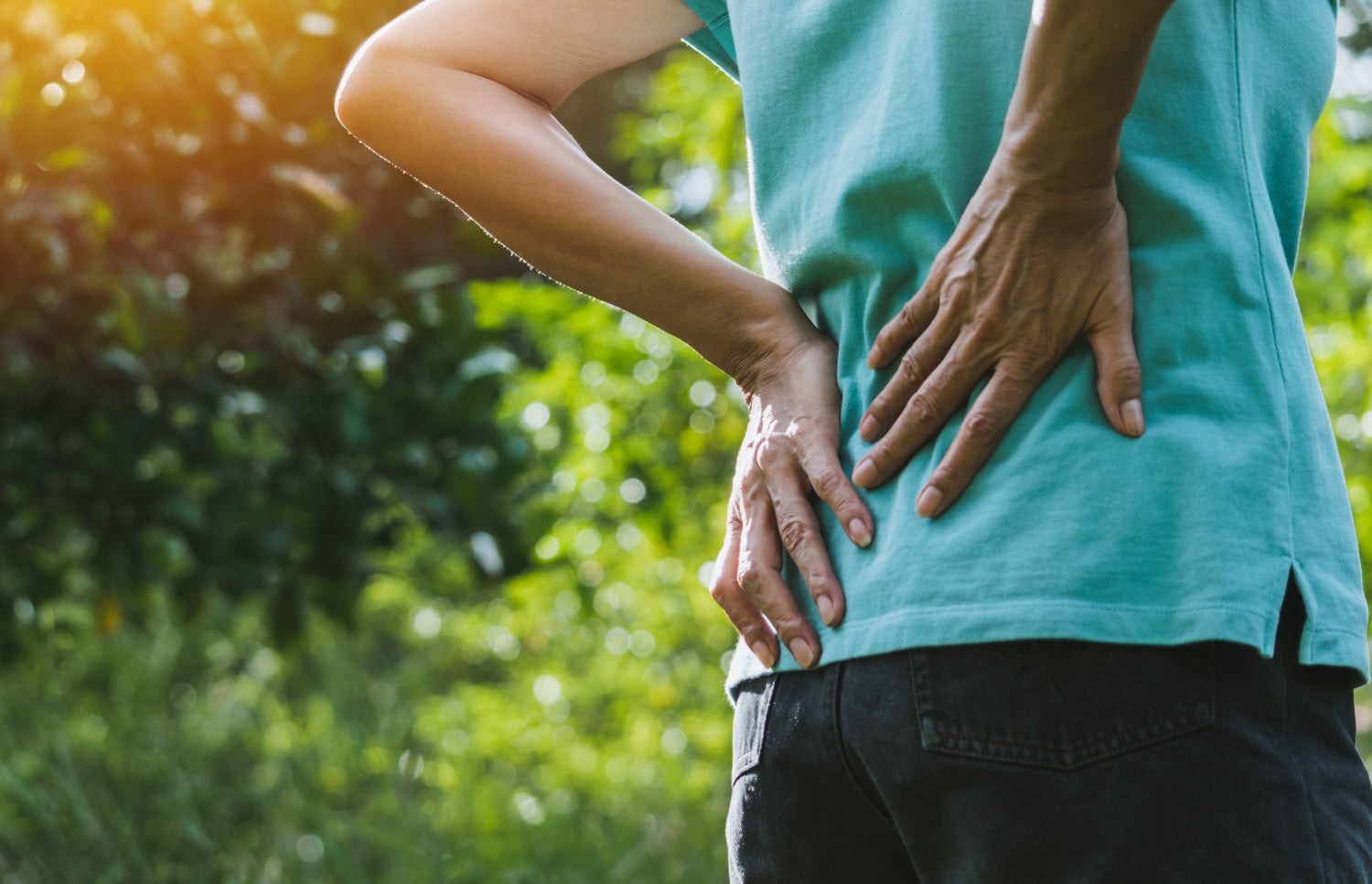Medically Reviewed By | Johannah Gregg, DNP FNP-C
Walking is the most foundational form of exercise and a day-to-day necessity. For many, though, lower back pain is a big reason to take a break from walking.
Although resting sounds like a good solution, there is more to think about before skipping that evening walk. The right pain management techniques could help you walk and even find relief. Discover how you can support your lower back and manage pain while walking.
The Best Ways To Manage Lower Back Pain During Walks
Walking seems like the last thing you want to do with lower back pain, but you might be surprised that it is a valuable tool. Even if walking sounds like a painful chore because of lower back pain, you shouldn’t write it off before taking steps to manage the pain.
You can protect your spine and reduce your chances of lower back pain in the following ways.
Upgrade Your Footwear
One of the biggest culprits for back pain while walking is all the way down at your feet. Your footwear could be causing your lower back pain or making it worse.
Think of your shoes as shock absorbers. Every time you step, your foot hits the ground, which sends a bit of force back up through your leg. Good shoes absorb this force through the cushion of the soles.
However, if you have poor quality or worn-down shoes, the stress of each step goes straight to your knees and lower back instead. That being the case, you should look for shoes that provide effective cushion and support while you walk.
Some specialists can map out your foot to see where you apply the most pressure when you step. Using this map, you can find shoes that provide more support in the areas with the most force when walking.
Focus on Your Posture
Posture is so important, but it can be easy to forget about during our day-to-day. Poor posture is one of the leading causes of lower back pain, as slouching can put pressure on the spine and weaken the muscles that support it.
Be sure to protect your lower back while walking; you should be sure to maintain good posture.Proper walking posture looks like this:
- Standing tall, not hunched over
- Keeping your eyes up
- Keeping your shoulder’s back and relaxed
- Keeping your hips and pelvis in a neutral position without arching your lower back.
- Stepping lightly without stomping
Consider your posture throughout the day, too — not just when you walk. If you work a desk job during the day and maintain poor posture, then there’s a good chance that will catch up to you if you decide to go for a walk in the evening. Maintaining good posture throughout the day is one of the best habits that someone can build.
Stay Active
Rest is important every now and then, especially when you have pain, but it is important not to lean on it. Frequently sitting or lying down can seem like a good idea to ease the pain, but this can do more harm than good. Although it may sound counterintuitive, you should keep moving!
Too much rest can worsen back pain and lead to tightened and weakened lower back muscles. Staying active and in motion helps your muscles stay engaged.
Strengthening your muscles also helps support your spine, reducing the stress placed on it during walking. One of the best things you can do with lower back pain is to keep walking. Activities like stretching, yoga, and tai chi can improve flexibility in your joints, allowing for a fuller range of motion and strengthening your core, which is needed to counterbalance the back muscle, and will help youmanage your lower back pain.
Of course, always discuss your case with a healthcare provider or primary care physician to rule out more serious causes of lower back pain and the need for more advanced treatment. If physical activity is too painful or unrealistic for you, you may need more support from your doctor.
Use a Back Brace
When your back pain continues to nag you or if getting active sounds like it will be too painful, you might need a little bit of extra support, like a back brace. Back braces can help remove some stress from your spine and prevent your posture from slouching. The proper brace can make getting active sound more realistic and less uncomfortable.
A great option is anIncrediwear back brace. Not only does this brace help support your spine, but it also helps to optimize your body’s natural healing process. This brace uses Incrediwear’s semiconductor technology in comfortable fabric, which contours to the body and helps stimulate negative ions that support blood flow to the area.
This blood flow helps support the transfer of oxygen and nutrients to your muscles. As a result, the brace helps to provide relief during activity.
Even better, this lower back brace is non-invasive, meaning you won’t feel awkward or uncomfortable wearing it. The Incrediwear brace will give you more comfort and support to keep yourself active and in motion.
Find Relief from Your Lower Back Pain With Incrediwear
Walking with lower back pain is more realistic than you might think, and it is an excellent tool for relief. For the most relief, you should consider combining each of the above strategies as a whole.
Keeping all of this in mind will help you maintain strong back muscles and find long-awaited relief. Don’t let pain slow you down — Incrediwear is here to help.
With Incrediwear braces and sleeves, you can relieve pain, promote recovery, and improve your athletic performance simultaneously. No matter where you might be experiencing pain or discomfort, we have a product that can support you. Explore our full catalog of wearable recovery gear to keep you in your peak physical condition.
Sources:
Perfecting your walking technique | Harvard Health
How to manage low back pain before it gets worse | NIH MedlinePlus Magazine
Low back pain: Why movement is so important for back pain | InformedHealth.org | NCBI Bookshelf
Read more

Medically Reviewed By | Dr. Kate Panawash, PT, NCS, DPT In the bustling modern workplace, repetitive motions have silently woven their way into our daily routines. Just as ball control is pivotal i...

Medically Reviewed By | Johannah Gregg, DNP FNP-C Medial ankle sprains, a frequent concern among athletes, can dramatically hinder performance and elongate recovery times. For an athlete, any injur...






Leave a comment
All comments are moderated before being published.
This site is protected by hCaptcha and the hCaptcha Privacy Policy and Terms of Service apply.